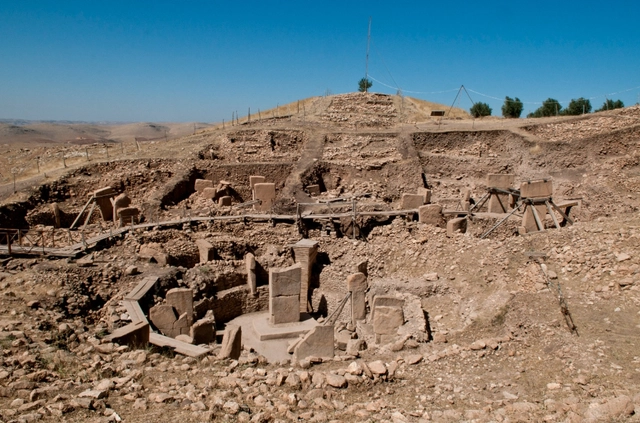
The British Museum has announced that Paris-based Lina Ghotmeh Architecture (LGA) has been selected to lead the redesign of its Western Range galleries. This decision follows a rigorous international competition, marking a significant milestone in the Museum's Masterplan, a long-term initiative to modernize its Bloomsbury site while maintaining its historic integrity. The project will be one of the most extensive cultural redevelopments globally, covering approximately 15,650 square meters, including a third of the museum's gallery space.




















































